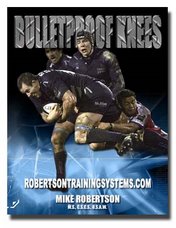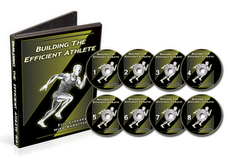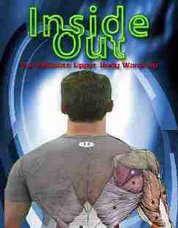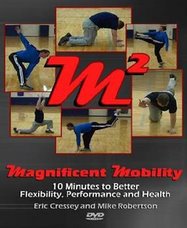
As always, I like to start these posts off with a little inspiration. Pictured to the left is my good friend and former Ball State University powerlifter Matt Wenning. I'm assuming this pic is from ~2002 or 2003. At the time, Matt was benching in high 400's, maybe low 500's. I got word (via the latest PLUSA) that he recently benched 815! Matt is an inspiration to a lot of people and I wish him the best going forward.
After last week's post I figured I better keep everyone in the loop with my bench press training. Don't expect anything too huge, yet; my goal is simply to get healthy and back in the groove, then start pushing my numbers from here. Last night I trained later in the evening, which generally leads to sub-par training sessions. I'd love to train in the morning all the time, but lack of training partners and other commitments sometimes get in the way.
Regardless, I kicked off the session with some serious soft-tissue work using the Starr tool. If you have soft-tissue adhesions/scar tissue, you need to get your hands on one of these things. They rock! After about 5 minutes my pec was feeling better than it had in quite some time. I warmed up using the I/O drills, and then began the benching.
Again, keep in mind that the weights are not huge. Like I said, the goals are:
- No pain
- Clean, crisp reps
- Develop connective tissue strength
Luckily my boy Justin was in last night, and I've also made another promise to myself that I am going to get a hand-off for everything 135 and over. Can I lift it off myself? Sure. But when I do, I compromise my stability and I can't get my right scapula back into place. Lack of scapular stability = shoulder/pec problems.
I started with 185 for 8, and that felt pretty good. I honestly would've been happy to stay there, but with some goading I moved up to 195. Again, nice and smooth. I went up to 205 for my last set and the final rep was a struggle, but still clean.
Honestly, the biggest difference between tonight and other training sessions was the soft-tissue work before hand and the lift-offs.
All in all, this was a good session. Now the key is to string together a couple of weeks like this, and then eventually a couple of months. Only time will tell, but this was exactly what my body and mind needed.
Have a great weekend!
Stay strong
MR
BTW, if you like my bench chronicles, let me know as I've considered doing this with my squat as well. It's more jacked up d/t surgery and the ensuing compensations, but I really have no idea if people want to hear me ramble on about my own lifting week in and week out.











